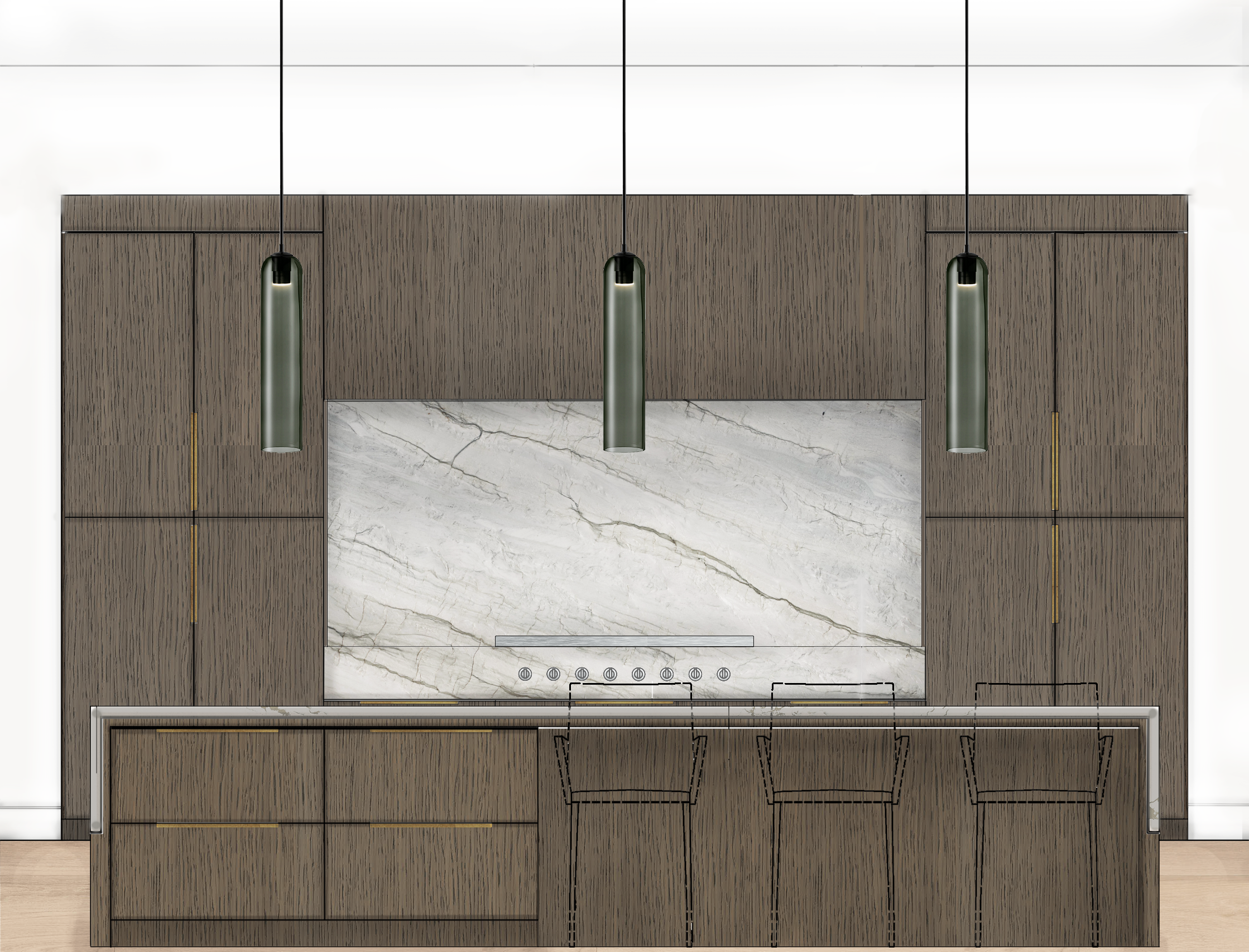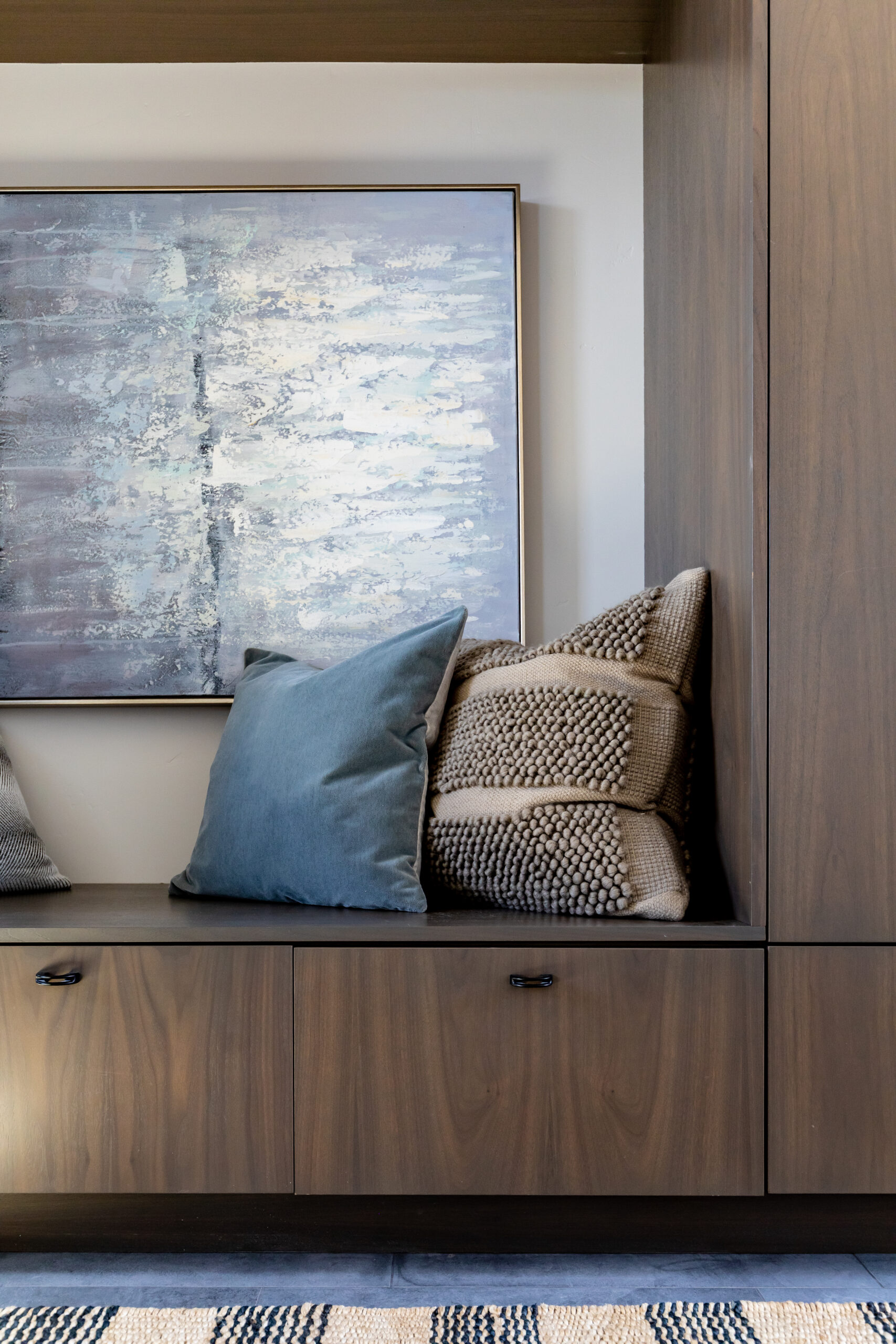Tile 101
Tile is a big element in the home. Though it may not always cover the most square footage, there are standardly more tile selections than there are any other material selections. That is why it is imperative to know the different kinds of tiles to understand the durability, care, and maintenance behind each. Today we are here to educate you on the main tile makes that you see in any tile showroom you may walk into.


CERAMIC
Ceramic is one of the two main tile bodies that you will see manufactured. It is often the cheapest tile body because it is standardly the least durable man-made product. Though ceramic products can occasionally be used for flooring, it is most commonly used for walls and backsplashes. That said, it is difficult for tile setters to cleanly cut a ceramic product, so try to limit cutting to edge work. Also remember to cover the edges with a pencil rail, edge piece, or Schluter product at all times.
PORCELAIN
Porcelain tiles are made out of the same material as ceramic tiles, but have been “cooked longer” to remove more air pockets and create a denser, more durable product. They are more common for flooring installations since they do provide more durability and strength, in turn being less likely to crack or chip over time. They can be more expensive than ceramic tiles though, so for budget purposes, don’t be afraid of using ceramics on your walls with porcelains on your floors.
The perk about both porcelain and ceramic tiles is that neither requires any maintenance or upkeep over time! Once they are installed, neither will be damaged from staining, sun bleaching, or water exposure, making them the most low-maintenance product options.
STONE (ie: Marble, Basalt, Slate, etc.), BRICK, AND CEMENT
Stone tiles are most often seen in smaller pieces and mosaics since they are softer, natural bodies. Because of this, you’ll most often see them used as backsplashes, fireplace surrounds, and other accent location products. Where they are natural, they do require upkeep and maintenance over time, making them less appealing for locations that receive a lot of water exposure or staining. To keep them in their durable form, you’ll want to seal them every few years (depending on where they are located in the home.. For higher water exposure areas, you may need to seal them every year to keep them from soaking in the moisture and in turn, mold and staining). The trick to understanding when to seal them is to splatter water onto the tiles. If the water seeps in then it’s time for another sealing treatment. If it bubbles on top then you can leave it be for a while longer.
Another thing to keep in mind with the maintenance of natural stones, is how you treat them. High acidity cleaners have the ability to corrode the stones over time, in turn ruining the product. It is highly recommended to use natural, organic cleaners for the products longevity and lifespan.
GLASS AND METAL
Glass and metal capped tiles are becoming more and more popular for their intrigue and unique style. Since they are man-made products, they don’t require the same upkeep as the natural stone products do. Unlike the porcelain and ceramic products though, they are vulnerable to water damage, making them unusable in high water exposure locations like showers and tub surrounds. Don’t be weary of using them as backsplash products though; a little water splashing and cleaning won’t do them any noticeable harm.
Keep in mind that every tile is manufactured differently and has different rules for installation and upkeep. When shopping, be sure to ask your sales rep where each product can be installed, and how it is recommended to be treated.




